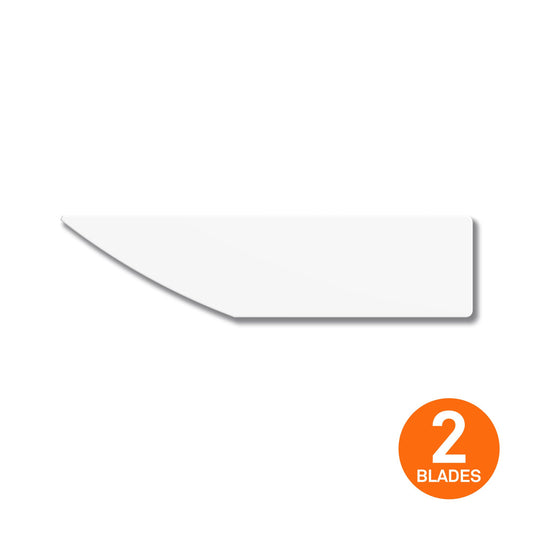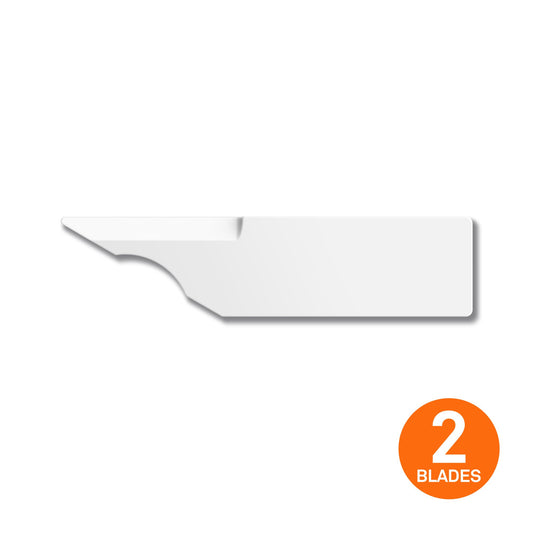SKU #10482
Deburring Tool
Couldn't load pickup availability
Are you tired of your deburring tool not keeping up with the task at hand? Frustrated because you can’t get rid of those burrs? The Slice® Deburring Tool is a powerful, durable tool created specifically for industrial settings.
Compatible with Slice’s convex and concave deburring blades, this deburring tool provides convenient blade storage so you can seamlessly switch blade styles while you work. The sturdy nylon handle is lightweight and easy to wield, allowing you to access hard-to-reach areas and awkward angles.
From deburring sheet metal edges to 3D-printed prototypes, Slice makes people and places safer. Learn more below.
- Durable nylon handle with safety cap
- 100% zirconium oxide blade that never rusts
- Easy-to-use ambidextrous design
Great for:
- Removing burrs from metal and plastic edges
- Smoothing edges from 3D printing
- Deburring edges for automotive-related parts
- Trimming edges of mold-injected plastic
Product Specifications
Product Specifications
Cutting Depth:
Material: GFN, POM, PP, zirconium oxide
Dimensions: L x W x H
Weight: 0.036 kg


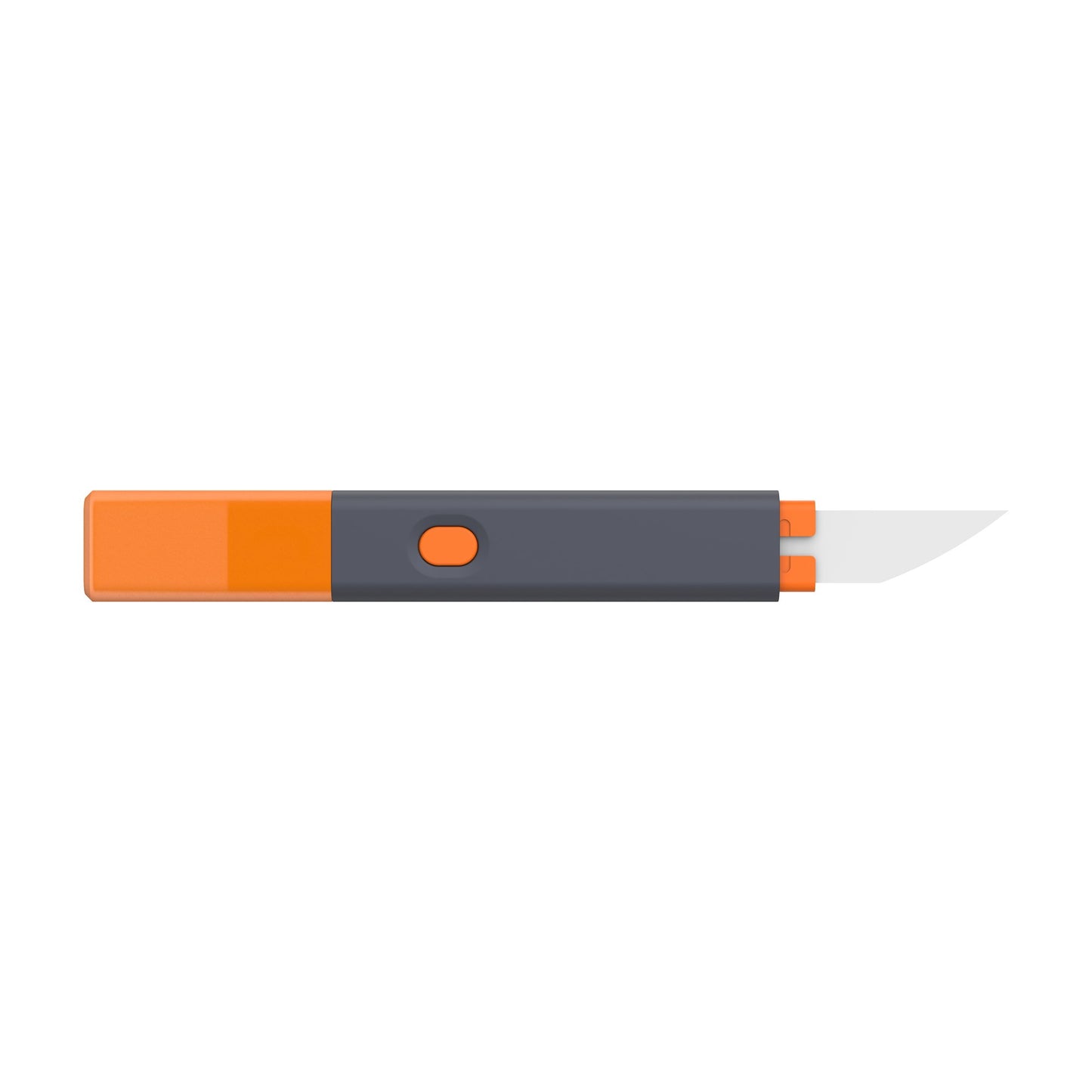


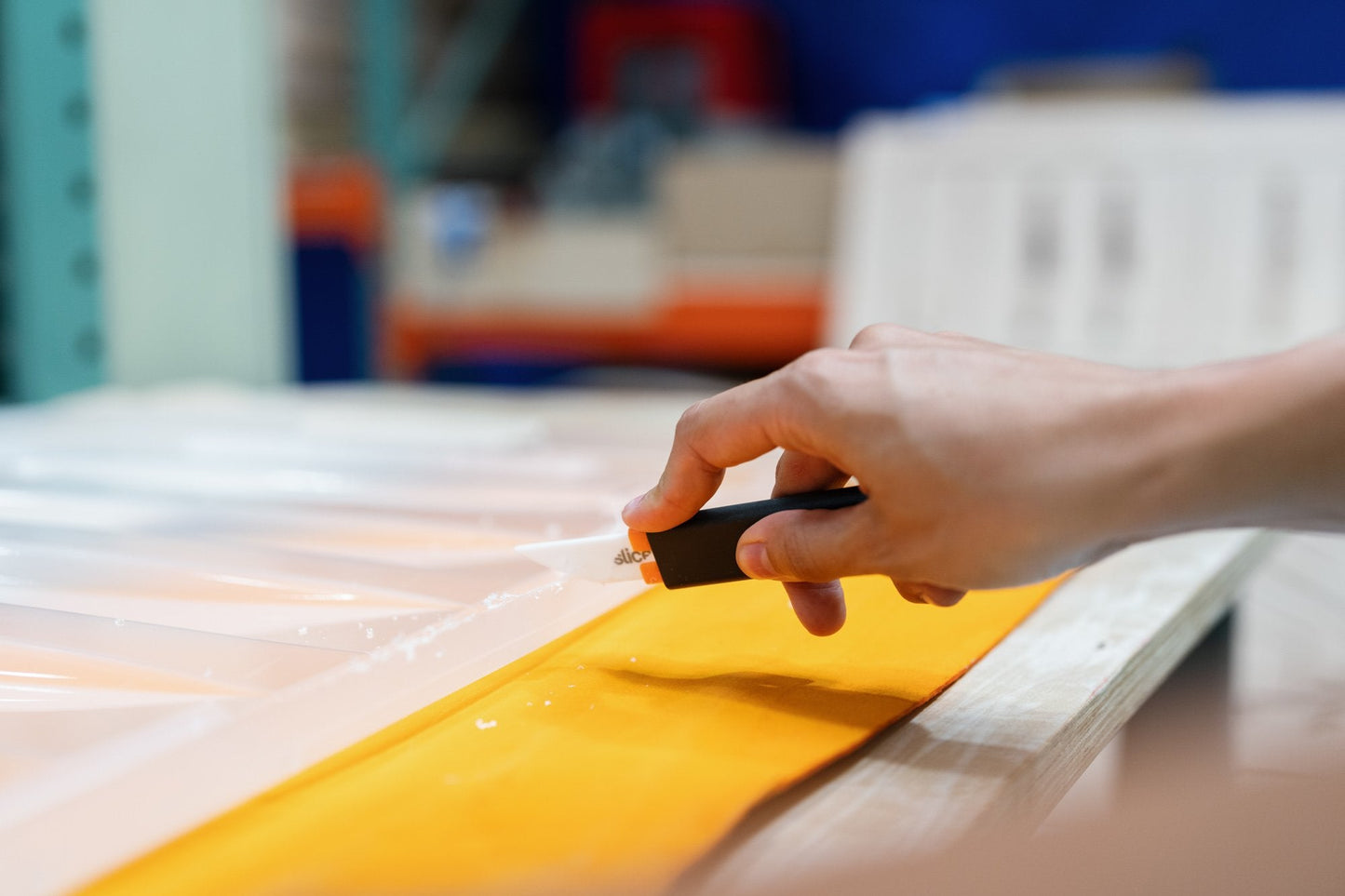
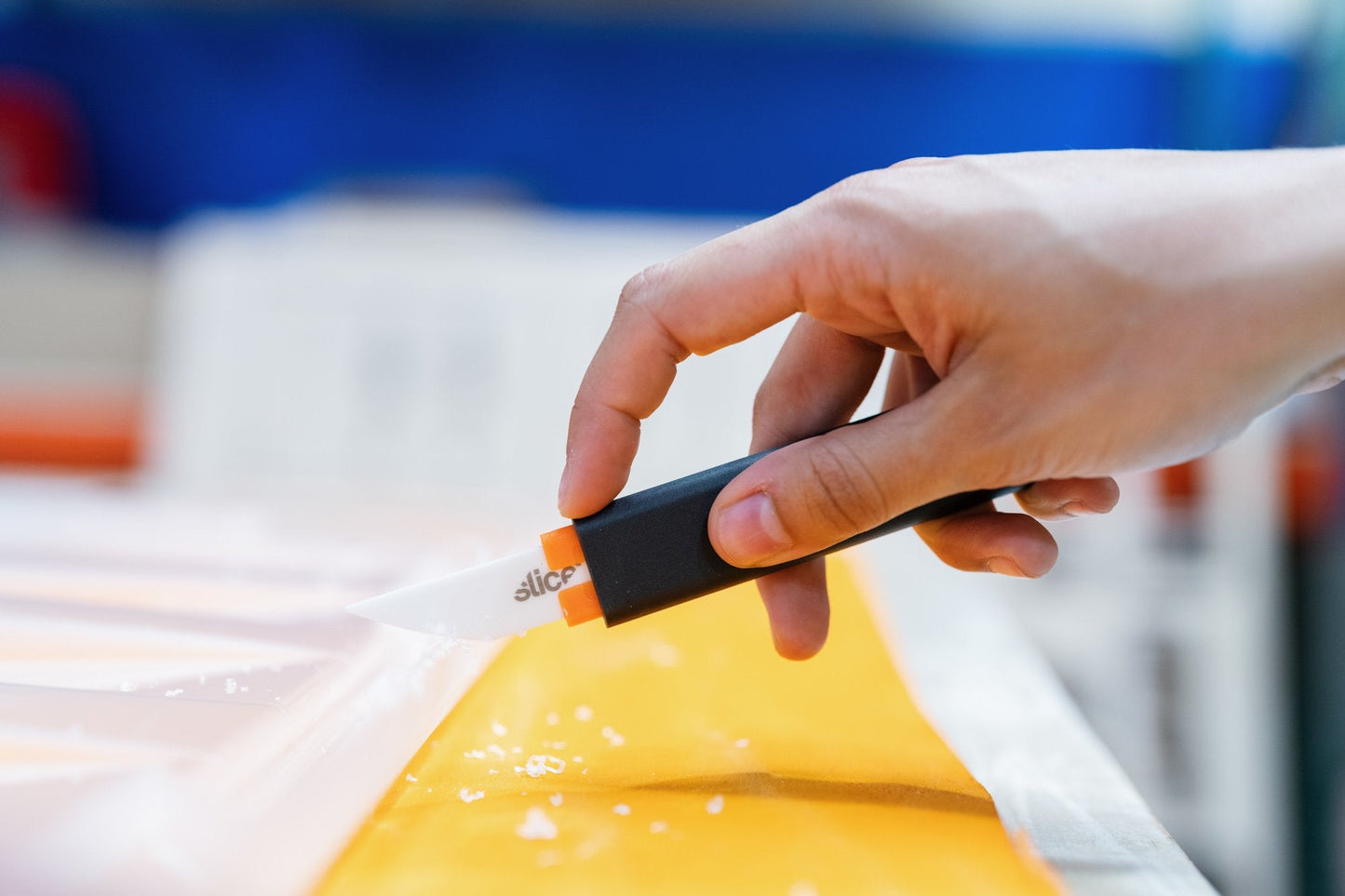
Compatible Products
-
Deburring Blade (Convex)
Regular price $49.42 AUDRegular priceUnit price per -
Deburring Blade (Concave)
Regular price $49.42 AUDRegular priceUnit price per
FAQ
What Is a Deburring Tool?
- Finishing the edges of raw-cut sheet metal
- Trimming the edges of mold-injected plastic
- Removing excess strings of polymer left on a 3D-printed object
- Smoothing the edges of machine components so they’ll fit together properly once assembled
How Does a Deburring Tool Work?
The tool offered by Slice is designed as a hand tool for a more custom approach. Like many other deburring devices, it relies on friction. The user essentially scrapes away at a rough edge, removing burrs and smoothing the finish. While sanding, which is a similar process, removes excess material on a flat plane, handheld tools for deburring allow a great deal of precision and maneuverability.










